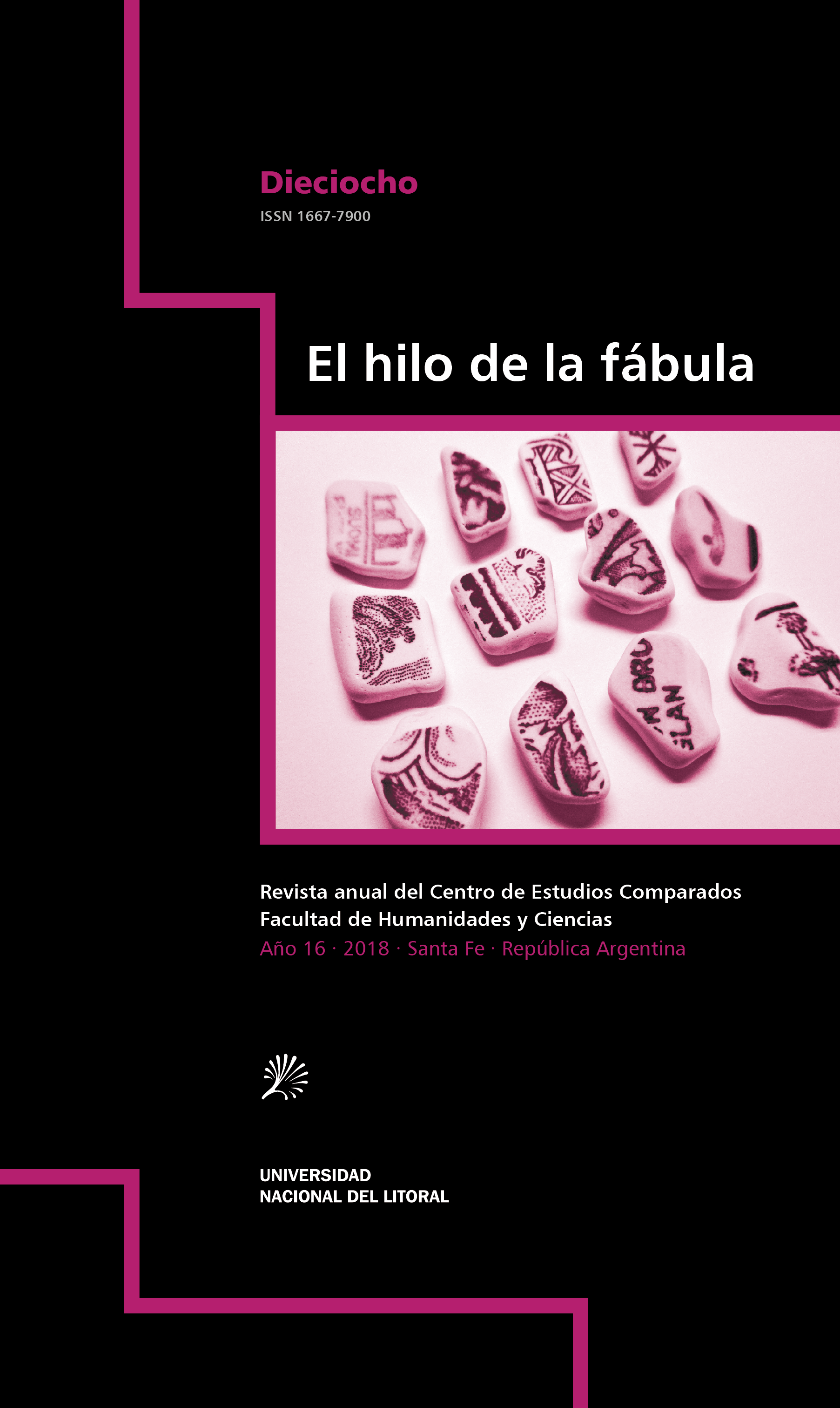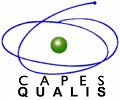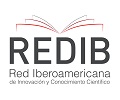La cosmología de lo neobarroco: La función de la astronomía dentro de la poesía de Severo Sarduy y Haroldo de Campos
DOI:
https://doi.org/10.14409/hf.v0i18.7342Keywords:
Neobaroque, Astronomy, Poetry, ExperimentalAbstract
In using astronomical phenomena as a conceptual model for their poetics, Cuban poet Severo Sarduy and Brazilian Haroldo de Campos position themselves within a poetic tradition that they trace back to the French poet Stéphane Mallarmé, who famously used the idea of a constellation to describe the scattered typography of his monumental poem, Un Coup de dés (1914). However, Sarduy and de Campos take
the constellation merely as a point of departure, repurposing new and groundbreaking astronomical theories (like the Big Bang and galactic drift) as paradigms for their Neobaroque poetics. I argue that astronomy provides a generative foundation for Neobaroque poetics not because it expands our knowledge of the universe but because it highlights gaps in that knowledge. It allows these poets to dramatize the ways in which language, like the universe it describes, is defined by uncertainty, lack, and ineffability.












